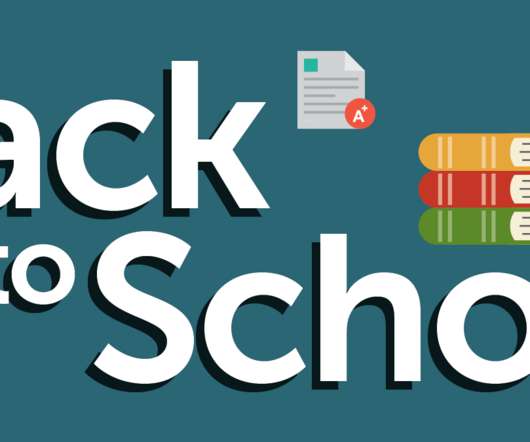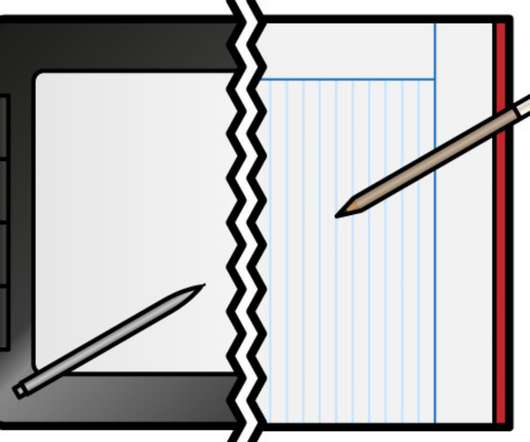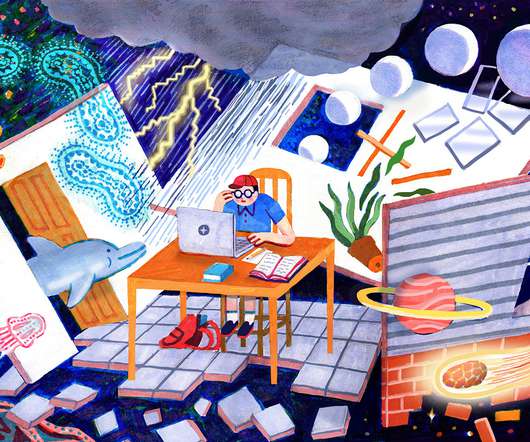The Digital Divide 2.0: Navigating Digital Equity and Health Equity in Education
Edsurge
NOVEMBER 10, 2022
More than two years ago, educators around the country began to engage in dialogue regarding the digital divide , as they recognized the reality that many students did not have access and connectivity as once believed. So a new concept has emerged: “digital equity.”






















Let's personalize your content